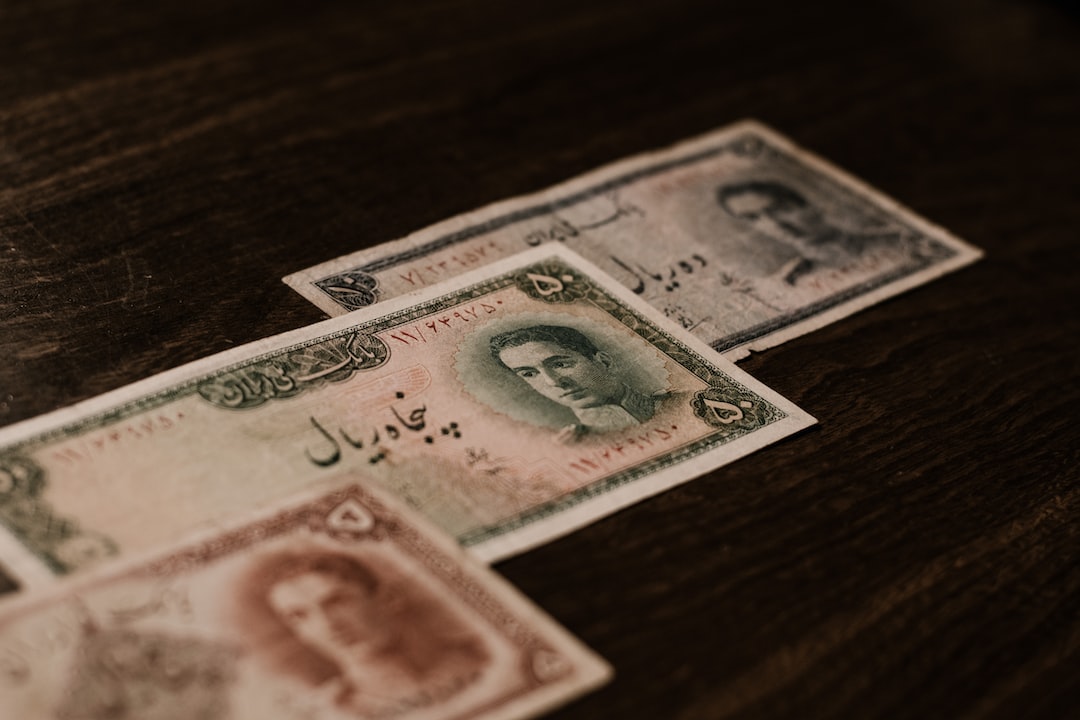In the world of forex, position size refers to the amount of capital that a trader is willing to risk on a single trade. It is a crucial aspect of trading that is often overlooked by novice traders. Position size plays a significant role in determining the potential risk and reward of a trade. In this article, we will explore what position size is and how it affects forex trading.
What is Position Size?
Position size refers to the number of units of currency that a trader decides to buy or sell in a particular trade. It is typically measured in lots, which is a standardized unit of trading in forex. One standard lot is equal to 100,000 units of currency. However, traders can also trade in mini-lots (10,000 units) or micro-lots (1,000 units).
The position size is determined by the amount of capital that a trader is willing to risk on a particular trade. The larger the position size, the greater the potential profit or loss. Therefore, it is essential to calculate the position size accurately to manage the risk effectively.
How to Calculate Position Size?
Calculating position size is a straightforward process, and it involves three components: account balance, risk per trade, and stop loss.
Account Balance: The account balance is the total amount of funds that a trader has in their trading account. It includes both the deposited funds and any profits or losses from previous trades.
Risk per Trade: Risk per trade is the percentage of the account balance that a trader is willing to risk on a single trade. It is typically recommended to risk no more than 2% of the account balance on a single trade.
Stop Loss: A stop loss is an order that a trader places to limit the potential loss on a trade. It is placed at a certain price level, and if the price reaches that level, the trade is automatically closed.
Once these three components are determined, the position size can be calculated using the following formula:
Position Size (in lots) = (Account Balance x Risk per Trade) / (Stop Loss x Value per Pip)
Value per pip is the amount of money that a pip movement in the currency pair will make or lose. It varies depending on the currency pair and the lot size. For example, the value per pip for one standard lot of EUR/USD is $10.
Example:
Let’s say a trader has an account balance of $10,000, and they are willing to risk 2% on a single trade. They decide to trade EUR/USD with a stop loss of 50 pips.
Account Balance = $10,000
Risk per Trade = 2%
Stop Loss = 50 pips
Value per Pip = $10 (for one standard lot of EUR/USD)
Position Size (in lots) = ($10,000 x 2%) / (50 x $10) = 0.4 lots
Therefore, the trader can buy or sell 0.4 lots of EUR/USD, which is equal to 40,000 units of currency.
Why is Position Size Important?
Position size is crucial in forex trading because it determines the potential risk and reward of a trade. If a trader takes a larger position size, they are exposed to greater potential profit or loss. Therefore, it is essential to calculate the position size accurately to manage the risk effectively.
Managing risk is one of the most critical aspects of forex trading. A trader who risks too much on a single trade can quickly wipe out their trading account. On the other hand, a trader who risks too little may miss out on potential profits. Therefore, it is crucial to find the right balance between risk and reward.
Conclusion:
Position size is a critical aspect of forex trading that determines the potential risk and reward of a trade. It is the amount of capital that a trader is willing to risk on a single trade. Calculating the position size accurately is crucial to manage the risk effectively. Traders should always remember to risk no more than 2% of their account balance on a single trade and use a stop loss to limit the potential loss. By managing risk effectively, traders can increase their chances of success in forex trading.





